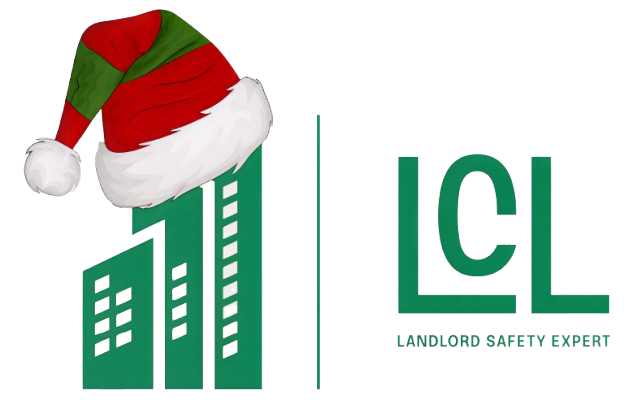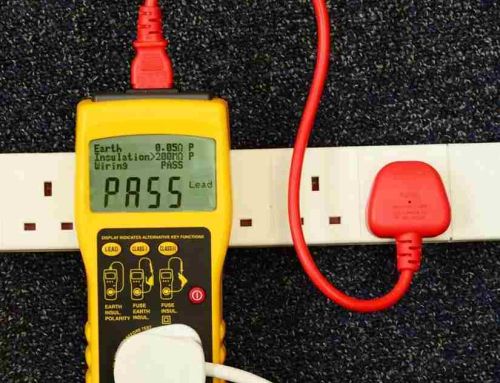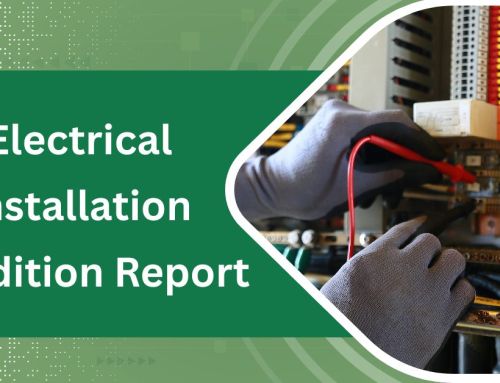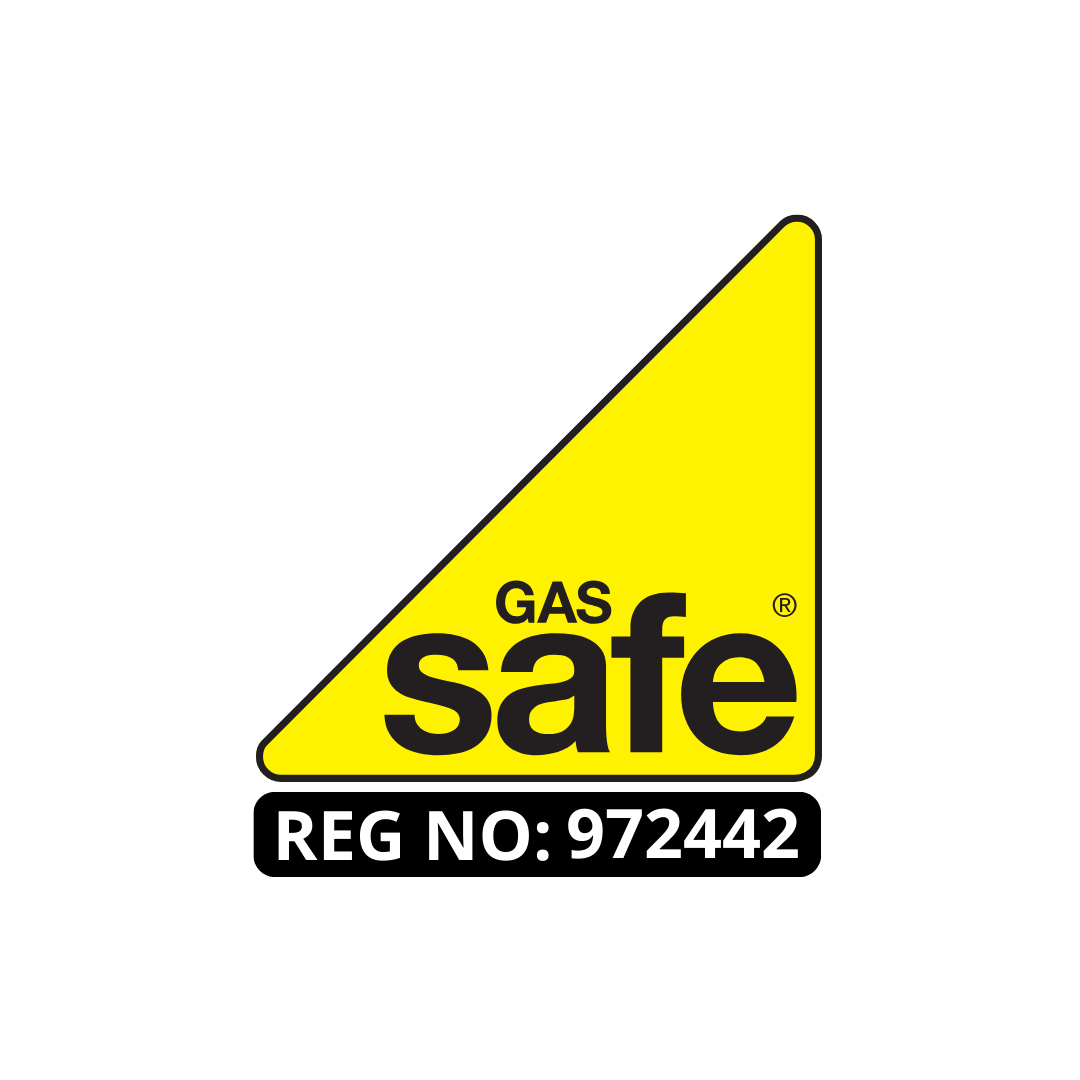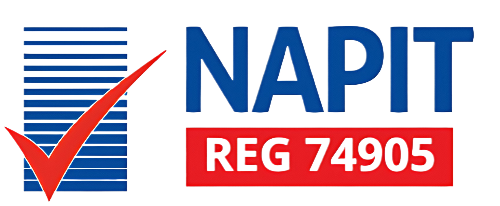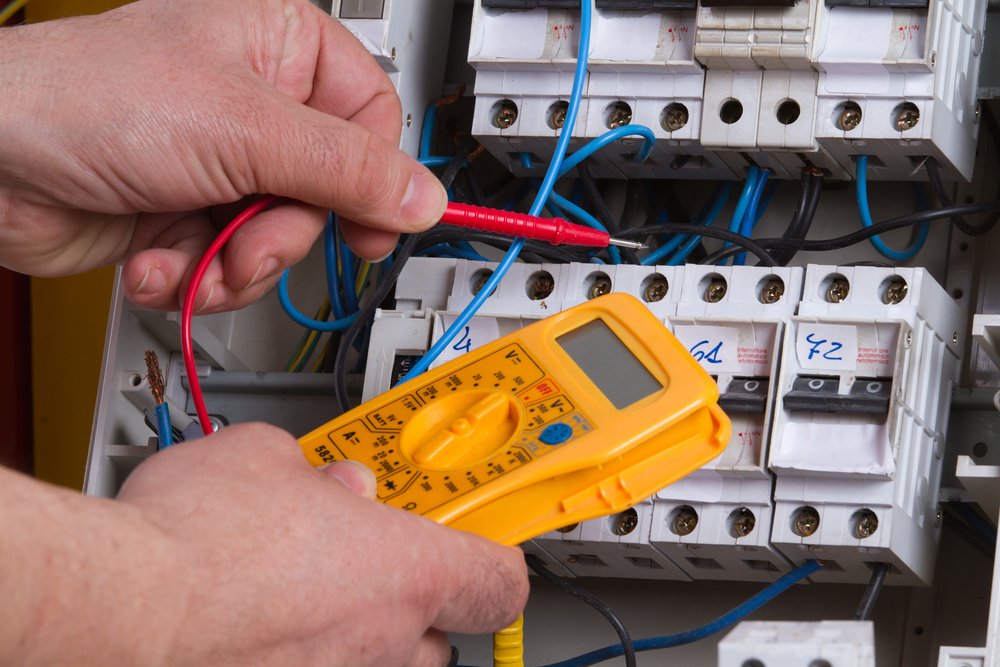
How Often Do Landlords Need an EICR?
How Often Do Landlords Need an EICR?
The government is introducing legislation that will require all landlords of rental properties to obtain an Electrical Installation Condition Report (EICR) per the latest regulations.
This will guarantee the electrical installations within a property are secure for its owners, tenants and any visitors. Furthermore, it helps prevent serious injuries or fires from occurring on the premises.
You need a EICR For Residential & Commercial properties every 5 years or as stated on the previous EICR report.
It is a legal requirement (How Often Do Landlords Need an EICR)
How Often Do Landlords Need an EICR?
England and Wales require landlords to arrange an electrical inspection and EICR every five years, or upon starting a new tenancy. This is because electrical installations can be hazardous, so regular checks are important for safety purposes.
Renting a property is an essential responsibility as a landlord, as it ensures your property remains safe for residents and complies with current laws. Failure to adhere to these guidelines could result in fines from the local council or even nullify your landlord insurance.
The Government has implemented a law that requires all landlords to arrange an Energy Performance Certificate (EICR) before renting out their properties. This means you must get an experienced electrician out to inspect your property at no extra charge.
Once an electrician comes to your property, they will conduct a comprehensive examination and testing of your electrical system. This includes visual inspection as well as live and dead tests to detect any issues with wiring and electrics at your property – such as damaged cables or switches which could pose safety hazards.
If your electrician discovers any issues with your electrical system, they will compile a report outlining their findings and what needs to be done to make the property safe. This document, known as an EICR, will indicate whether the inspection was ‘satisfactory’ or more work is needed on it.
Before your tenants move in, it’s legal to provide an EICR. Arranging this ahead of time allows you to explain the changes in legislation that took effect from April 2021. Furthermore, having annual Visual Inspection Reports and PAT testing done for your property ensures that all electrical equipment remains safe for use.
Conducting an EICR before purchasing a property is becoming increasingly common practice, as it guarantees the electrical installation meets their quality criteria. Furthermore, having your house insurance cover for any costs related to an electrical issue could prove beneficial in the event of a dispute arising during the process.

It is a safety requirement (How Often Do Landlords Need an EICR)
How Often Do Landlords Need an EICR?
How Often Should Landlords Conduct an EICR Check?
Every landlord should obtain an EICR at least once annually to guarantee their property remains secure for tenants. This isn’t just to meet government regulations but also to stay ahead of any changes which could make a property unfit in the future.
A qualified electrician typically conducts an inspection of a property and its electrical installation for any damage, degradation or defects. They will also test the system to detect potential risks and make recommendations on how to address those issues.
An EICR report provides a detailed assessment of a property’s electrical system, along with recommendations for improving safety. It will also include an installation classification code.
The classification code will indicate whether an installation is satisfactory or unsatisfactory. If it’s unsatisfactory, there will be a section where an electrical engineer outlines their recommendations for improvement and sets a timeline for when these should be accomplished.
After conducting a comprehensive assessment, an electrical engineer will issue a report to the landlord outlining the findings of the inspection. This crucial document can help landlords pinpoint which parts of their building require the most work.
Additionally, providing them with a list of contractors they can contact for any repairs or other requirements can be extremely useful. Doing so saves them the effort from having to search around for professionals and guarantees the best outcomes.
In Scotland, landlords must obtain an Environmental Impact Assessment Report on their property before beginning a new tenancy and every five years thereafter. They also have to provide a copy of this latest report to both new and existing tenants.
This is a requirement to guarantee the safety of your tenants and prevent them from being injured due to fires caused by electric shocks. Additionally, having this certificate on file can be useful if you’re selling your property and want to demonstrate that it is secure for potential buyers.
It is a maintenance requirement (How Often Do Landlords Need an EICR)
How Often Do Landlords Need an EICR?
Before 2020, landlords were not legally required to conduct an electrical installation condition report (eicr). However, from 2020 onwards, it will become compulsory for all private landlords in the private rented sector to guarantee their properties meet The Electrical Safety Standards in the Private Rented Sector.
Eicrs are essential for both landlords and tenants to conduct as they provide a thorough examination of your property’s electrical system. From consumer units to protective bonding and light fittings, Eicrs check everything for damage or deterioration that could affect its functioning. Additionally, testing procedures are included that verify how well each component functions together.
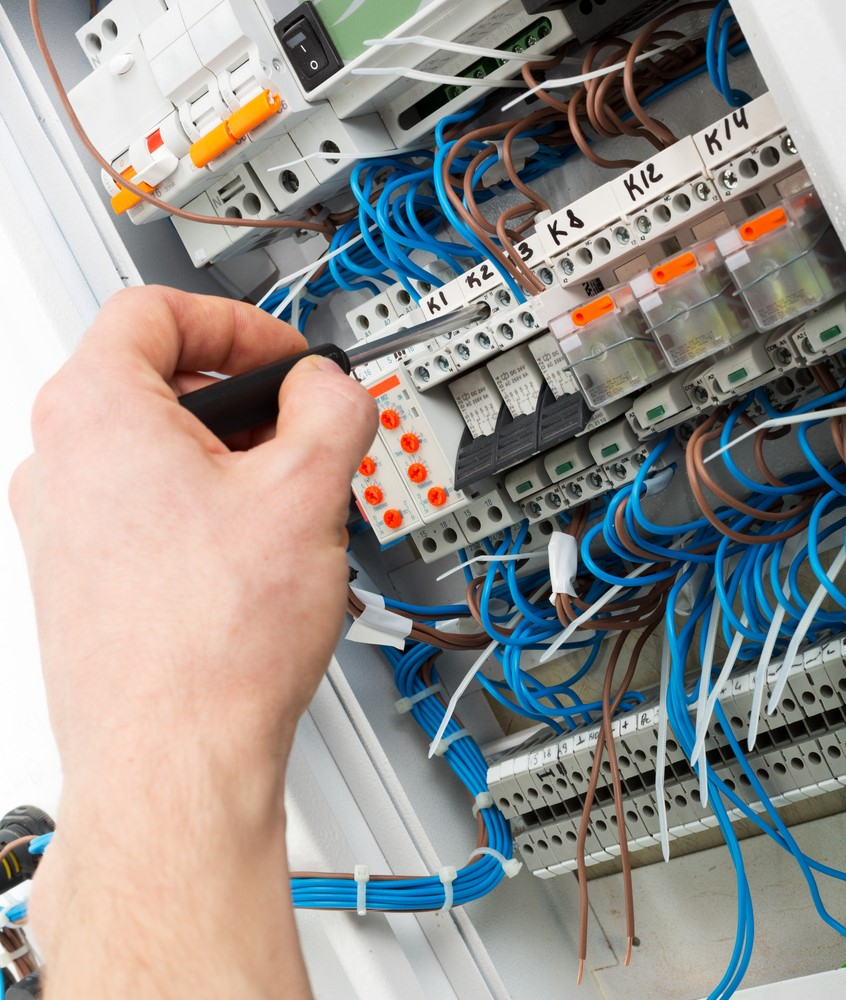
Conducting an electrical installation checkup (eicr) on any domestic property at least every five years is recommended to help keep your property secure. This is because wiring and fixtures within your house may become unsafe with age, leading to shocks, fires and other costly issues which need immediate repair. Faulty wiring and equipment could cause electrical shocks or fires which require expensive repair costs in the event of a major incident.
An eicr not only keeps your home secure, but it can also save you money in the long run, as it helps identify issues with electrical wiring before they escalate into larger problems. Furthermore, having an eicr installed can give you peace of mind if you plan to rent out your property in the future.
An electrical inspection and certification (eicr) are often conducted before renting or selling a property, particularly new build properties. Your surveyor may suggest having the eicr done before closing so there are no electrical issues with the house before you commit to renting it out or selling it off.
Without an EICR in place, your tenant could experience serious electrical system issues at home. They could become injured, and you, as the landlord, would be held liable for any medical costs that arise as a result of this issue.
Once an eicr is complete, you will receive a comprehensive report that contains any issues with your wiring. This information should be stored safely so that repairs can be made to address the problems identified.
It is a compliance requirement (How Often Do Landlords Need an EICR)
How Often Do Landlords Need an EICR?
Landlords of rented properties must conduct an electrical safety inspection and EICR report at least every five years, which has become a mandatory requirement since the Electrical Safety Standards in the Private Rented Sector (England) Regulations 2020 took effect.
If you fail to carry out an EICR as a landlord, you could face fines of up to £30,000 and receive notice that the local authority can recover costs associated with arranging electrical safety work from you. Furthermore, you could be prohibited from letting your property to new tenants until this work is complete.
An EICR’s initial step is to conduct a visual inspection of the electrical installation to detect any signs of damage or outdated equipment. Additionally, they look for potential fire or electrocution risks, such as faulty wiring, cables, and power switches that could pose dangers.
An electrician then conducts a test of the electrical system. This is known as a ‘live’ test, which determines whether it can safely disconnect when there is an issue with the circuitry. There will also be a ‘dead’ test, which checks for resistance, polarity, and continuity.
Once the test is complete, your electrician will give you a full and comprehensive report outlining any issues that need to be addressed. It will also indicate whether the electrical installation was satisfactory or unsatisfactory.
In some cases, the report will include recommendations for further investigative or remedial work. If this is carried out, you must provide written confirmation to both the tenant and local authority within 28 days of completion of said work.
When scheduling an EICR inspection, it is best to plan ahead of time so you don’t run into any trouble finding a professional who can do the work quickly and efficiently. Additionally, make sure your valid EICR certificate is ready so the inspector can use it to confirm the results of your examination.
Our Pricing
| Our Electrical Safety Certificate Prices |
|---|
| Studio Apartment £67.99 |
| 1 – 3 Bedroom £81.99 |
| 4 Bedroom £89.99 |
| 5 Bedroom £98.99 |
Check Out Our Other Services
| EICR | Commercial EICR | Emergency Light Certificate |
|---|---|---|
| Electrical Diagnostic | PAT Testing | Fuse Box Installation |
About the Author: LandlordCertificate
Related Posts
Get Social
Recent Posts
- Fire Risk Assessment London Complete Guide to Compliance and Legal Responsibilities
- The Role of EICR London in Maintaining Safe Properties
- Fire Safety Report as a Smarter Way to Prove Compliance
- EICR Test and Modern Challenges in Property Safety
- Gas Safety Certificates: A Complete Guide for Property Professionals
